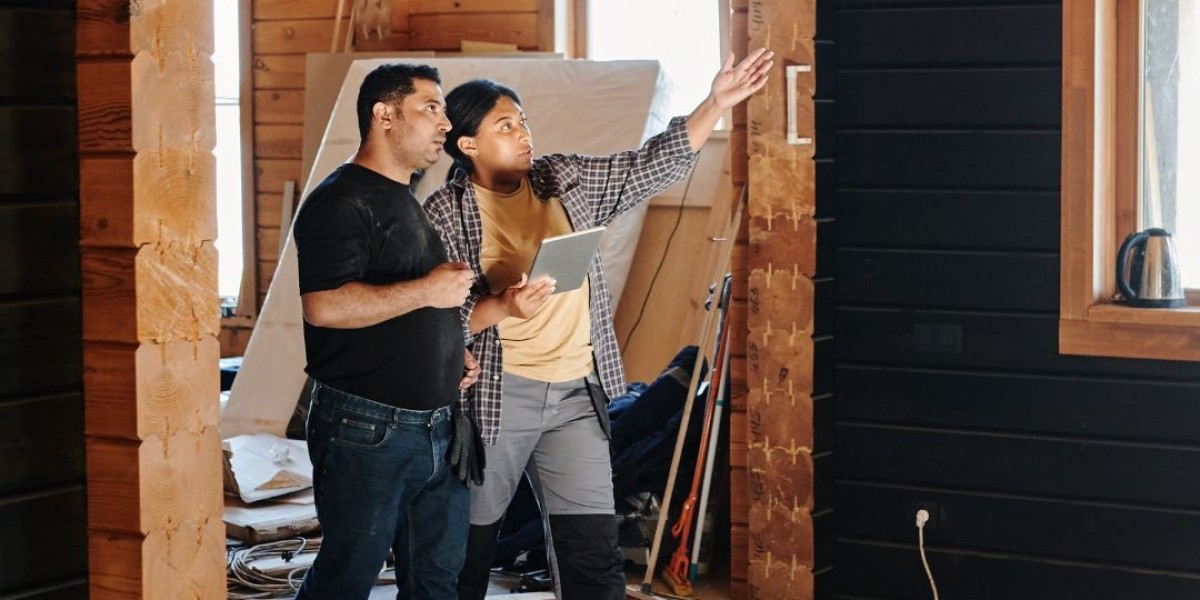Have you noticed a clicking sound in your jaw on one side when you chew, talk, or yawn? You're not alone. Many people experience this issue at some point in their lives. It can be annoying, sometimes painful, and in some cases, a sign of a deeper issue with your jaw joint or muscles. Fortunately, there are effective solutions available—many of which are non-invasive and can help restore comfort and function.
Let’s explore the causes, options, and the best jaw clicking on one side treatment available today.
What Causes Jaw Clicking on One Side?
Jaw clicking often points to a problem with the temporomandibular joint (TMJ), which connects your jaw to the skull. When something disrupts the smooth movement of this joint, you might hear a click, pop, or feel stiffness—usually on one side.
Common causes include:
TMJ disorder (TMD)
Muscle tension or jaw clenching (bruxism)
Dislocated or displaced disc within the joint
Jaw misalignment or bite issues
Arthritis in the jaw joint
Injury or trauma to one side of the jaw
Understanding the cause is crucial for determining the best course of treatment.
Jaw Clicking on One Side Treatment Options
Luckily, most cases can be treated without surgery. Here are some of the most effective approaches for managing jaw clicking on one side:
1. Jaw Rest and Lifestyle Changes
Start with simple changes:
Avoid hard or chewy foods
Don’t chew gum
Minimize wide yawning
Use both sides of your mouth while chewing
These small changes can reduce stress on your jaw and ease symptoms over time.
2. Physical Therapy
Targeted jaw exercises and manual therapy can improve joint alignment and reduce muscle tension. Therapists may use stretching, posture correction, and massage techniques to restore balance and mobility.
3. Custom Night Guards or Splints
If jaw clicking is due to grinding or clenching (often during sleep), a dentist may recommend a custom-fitted mouthguard. These reduce pressure on the joint and prevent further wear and tear.
4. Hot or Cold Compresses
Applying a warm compress to the affected side helps relax tight muscles. If there’s inflammation or swelling, a cold pack can reduce discomfort and support healing.
5. Anti-Inflammatory Medications
Over-the-counter NSAIDs like ibuprofen can provide temporary relief from pain and inflammation while you work on long-term solutions.
6. Trigger Point Injections or Botox
In some cases, targeted injections help relax overactive muscles around the jaw. Botox is also gaining popularity for relieving tension-related jaw symptoms.
7. Corrective Dental Work
If misaligned teeth or bite issues are the cause, dental correction or orthodontics may be needed to restore proper alignment and jaw function.
When to See a Specialist
If jaw clicking is accompanied by pain, locking, swelling, or limited movement, it’s time to consult a dentist, TMJ specialist, or oral surgeon. Early treatment can prevent more serious issues later.
Why Early Treatment Matters
Ignoring the clicking might seem harmless, especially if there's no pain. However, untreated TMJ issues can worsen over time, leading to chronic jaw pain, headaches, difficulty chewing, and even permanent joint damage. Seeking professional help early ensures the best chance for full recovery.
FAQs: Jaw Clicking on One Side Treatment
Q1: Is jaw clicking always serious?
Not always. Mild, painless clicking may not require treatment, but persistent or painful clicking should be evaluated.
Q2: Can stress cause jaw clicking?
Yes. Stress often leads to clenching or grinding teeth, which can strain the TMJ and result in clicking.
Q3: How long does it take for treatment to work?
Some people notice relief within a few days of using splints or changing habits. More complex cases may take weeks or months to improve.
Q4: Will I need surgery?
Surgery is rarely needed. Most cases respond well to conservative, non-invasive treatments like splints, physical therapy, and stress management.
Q5: Can I still chew food normally?
Yes, but avoid hard or sticky foods until your symptoms improve. Chew evenly on both sides and take smaller bites to reduce strain.






